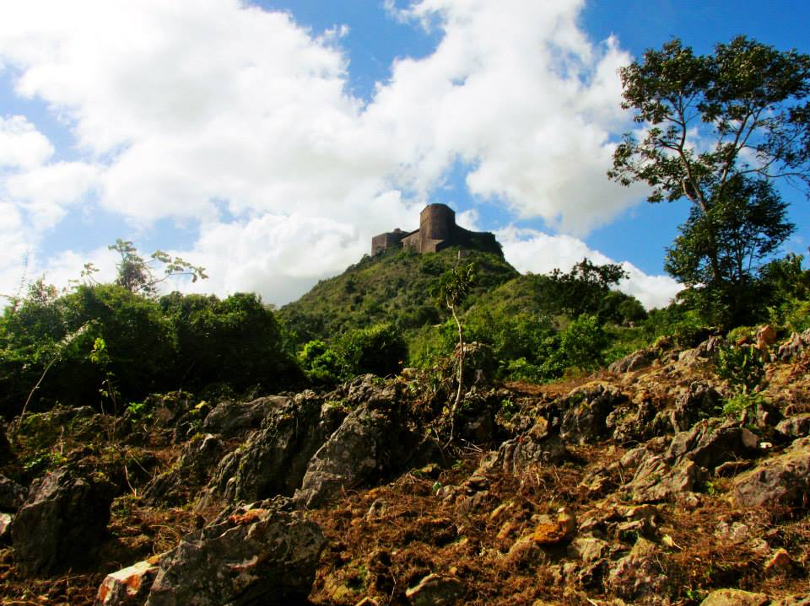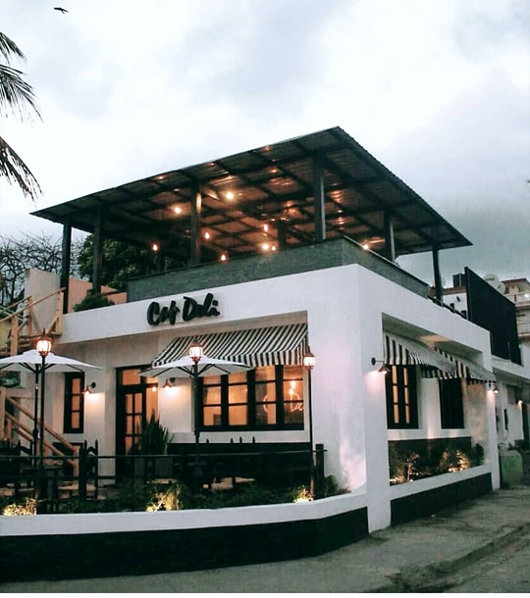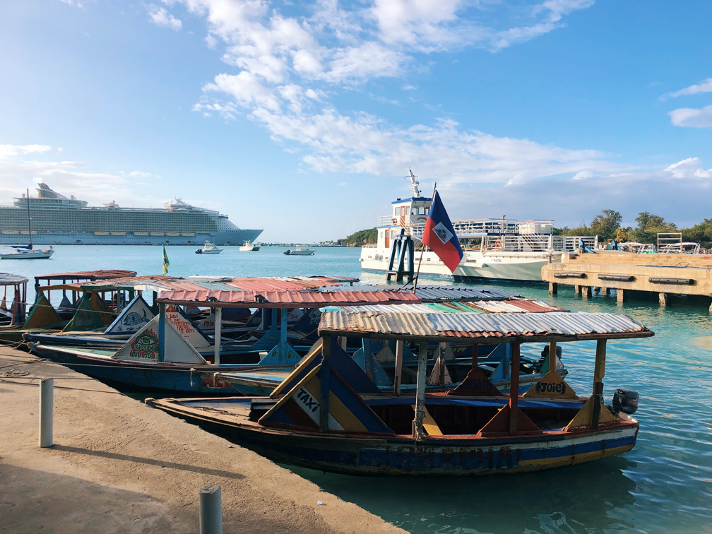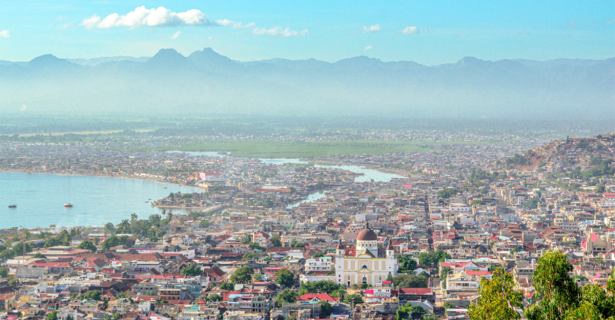“The poorest country in the Western Hemisphere” is a moniker that has followed Haiti for decades. If you Google Haiti, you will come across images of extreme poverty: streets covered in heaps of trash and the gaunt faces of people ravaged by hunger. Haiti has also been known for its adverse risk to natural disasters. Ten years ago, the country’s infrastructure was decimated after a 7.9 size earthquake seized Port-au-Prince, the capital city. In the years following the earthquake, major hurricanes weakened the country’s capacity even further. Throughout most of its history, Haiti has been in the news for government protests and political turmoil, now it surrounds the current president, Jovenel Moise.
As a Haitian-American who grew up in Haiti and still travels there frequently, I know this image is not the full story. In reality, the country contains hidden gems that if properly used and promoted, could present large economic opportunities for the country, especially through tourism.
One such gem is Cap-Haïtien – a city of about 320,000 people in the country’s northern region. Cap-Haïtien lies near the coast of some of the northern region’s best beaches – namely Kadras and Amiga Island. The region is also home to Labadee, a private resort leased from the Haitian government by Royal Caribbean cruise line. The city has its own airport and is home to the country’s second largest port.

View of the Citadel Henri on top of a mountain
Most importantly, Cap-Haitian is the birthplace of the Haitian revolution, where in 1804, Haiti became the world’s first free black republic. Near the city and throughout the region, old ruins bear evidence of this effort and its historical aftermath. A half hour from Cap Haitian, lie two UNESCO world heritage sites: The Palais Sans Sourci and the Citadel Henri. The former was built in 1820, to protect the island in case the French ever returned.
It is evident that Cap-Haitian has the potential to become a premiere Caribbean tourist destination, so why aren’t more tourist flocking to this idyllic seaside town?
In December 2019, I travelled to the city and focused my Master’s thesis for the Fletcher School on answering this question. I wanted to find out who the major players in Cap-Haitïen’s tourism industry were, understand the challenges these local businesses face, and analyze how these challenges could be addressed in a way that harnessed Cap-Haitïen’s potential to promote growth and opportunity for the local population.
For two weeks, I conducted qualitative interviews of 8 hotels and restaurants at the center of the city’s burgeoning tourism industry to better understand their needs and challenges. The businesses selected were a mix of established hotels and restaurants that have been operating in Haiti for more than 20 years, as well newer hotels and restaurants that have been operating for 10 years or less.
 The hotel and restaurant industry in Cap-Haitien is quite small. Most are small to mid-sized, with the largest having the capacity to receive or lodge up to 300 people. A majority of these businesses are family owned and run by local Haitians. In order to function, many of the businesses have to contend with infrastructure issues, such as no access to electricity due to the lack of public services provided by the government. Other challenges include having to get ingredients, equipment, and other materials sourced from Port-au-Prince, which becomes a problem when political instability, traffic, and bad roads impede the delivery of much needed supplies.
The hotel and restaurant industry in Cap-Haitien is quite small. Most are small to mid-sized, with the largest having the capacity to receive or lodge up to 300 people. A majority of these businesses are family owned and run by local Haitians. In order to function, many of the businesses have to contend with infrastructure issues, such as no access to electricity due to the lack of public services provided by the government. Other challenges include having to get ingredients, equipment, and other materials sourced from Port-au-Prince, which becomes a problem when political instability, traffic, and bad roads impede the delivery of much needed supplies.

Local boats are docked and in the background the Royal Caribbean Cruise Line is anchored
In addition, all of the businesses I interviewed have struggled to recruit competent employees who are trained for the tourism and hospitality industry. Keeping hotels and businesses afloat in the midst of these challenges are difficult, but the business community continues to be resilient in its hopes that one of Haiti’s hidden gems will be more widely recognized as a tourist destination.

